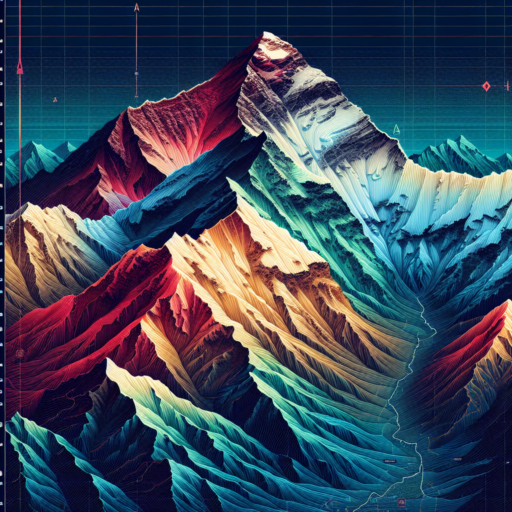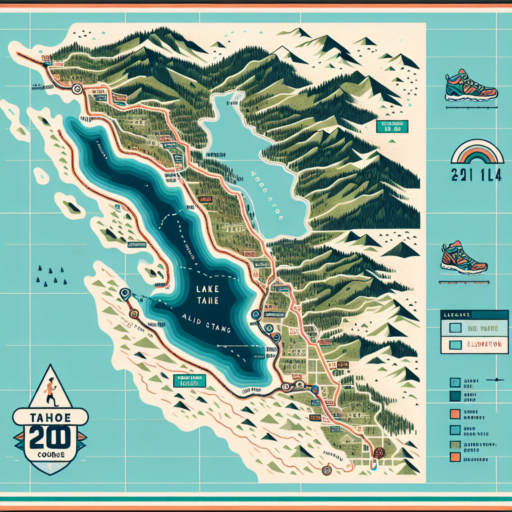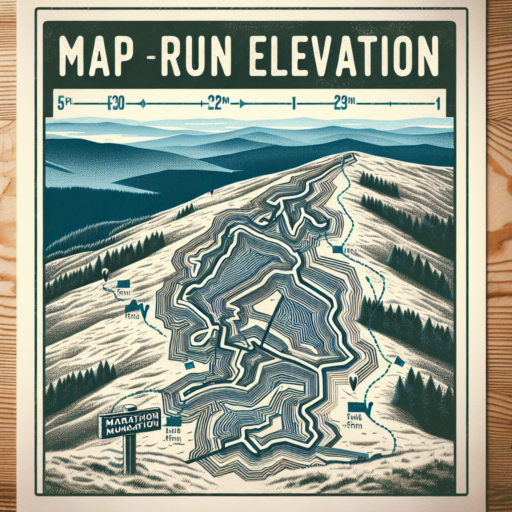What is the elevation of Mount Everest?
The elevation of Mount Everest stands as a towering testament to Earth’s natural wonders, reaching a staggering height that has captivated climbers, geographers, and the curious alike. Known as the world’s highest peak, its elevation is measured at approximately 29,029 feet (8,848 meters) above sea level. This measurement, however, has been subject to revision based on newer geodetic surveys and advancements in technology, reflecting our ever-evolving understanding of the Earth’s topography.
Mount Everest’s elevation is not just a number; it represents the numerous challenges and dangers that climbers face in their quest to reach the summit. The altitude brings with it extreme weather conditions, thinner air, and the physiological effects of acute mountain sickness. Despite these challenges, the allure of Everest’s peak has not waned, drawing adventurers from around the globe to attempt what is considered one of the ultimate feats in mountaineering.
The significance of Mount Everest’s elevation goes beyond its status as the highest point on Earth. It serves as a crucial point of study for scientists and researchers studying climate change, as the glaciers and ice on Everest provide valuable data on the changing climate. Additionally, the measurement techniques used to determine Everest’s height are a testament to the advancement in geographic and geodetic science, incorporating GPS technology and satellite imagery.
What elevation is the death zone on Everest?
The term «death zone» on Mount Everest is chillingly self-explanatory, referring to an environment so harsh and devoid of oxygen that sustained human life is nearly impossible. This zone is a critical threshold climbers must navigate, and understanding its elevation is crucial for any climber preparing to face the highest peak in the world.
On Mount Everest, the death zone begins at approximately 8,000 meters (26,247 feet) above sea level. At this extreme elevation, the air is so thin that it contains only about one-third of the oxygen found at sea level. The human body is not capable of acclimatizing to such conditions, making every moment spent above this elevation a race against time and physiological limits.
The complexities and dangers of the death zone cannot be overstated. Even with supplemental oxygen, climbers face a suite of potentially fatal challenges, including severe weather conditions, extreme cold, and the risk of high-altitude cerebral and pulmonary edema. The thin air exacerbates the physical effort required for any movement, making the simple act of walking exceptionally arduous.
No se han encontrado productos.
What is the elevation of the Everest climb?
The elevation of the Everest climb represents one of the most awe-inspiring and significant measurements in the realm of mountaineering. Standing as the Earth’s highest mountain above sea level, Mount Everest commands respect with its towering presence. The precise elevation of the Everest climb reaches a breathtaking height of 8,848 meters (29,029 feet). This monumental altitude not only challenges the climbers physically and mentally but also underscores the sheer magnificence of our planet’s natural landscapes.
Embarking on the journey to conquer Everest is to undertake one of the most arduous climbs known to humankind. The elevation gain encountered during the expedition is a test of endurance, requiring meticulous preparation and acclimatization. Climbers must navigate through the «Death Zone,» an area above 8,000 meters, where the air is so thin that sustaining human life without supplemental oxygen becomes exceedingly difficult. The high elevation contributes to several risks, including acute mountain sickness (AMS), pulmonary edema, and cerebral edema.
To successfully reach the summit and return, climbers typically spend weeks acclimatizing to the high altitude, gradually climbing higher to adjust their bodies to the decreased oxygen levels. This preparatory stage is crucial for tackling the extreme elevation of the Everest climb. Despite the inherent dangers and challenges, the allure of Everest’s peak continues to draw adventurers from around the globe, each person driven by the desire to stand at the top of the world.
Is K2 higher than Everest?
When comparing the heights of the world’s tallest mountains, the question of whether K2 is higher than Everest often arises. Mount Everest, standing at an impressive elevation of 29,029 feet (8,848 meters), holds the title of the tallest mountain on Earth. K2, on the other hand, is the second-highest peak, with its summit reaching 28,251 feet (8,611 meters). Although K2 is not higher than Everest, the distinctions between these two giants are not solely measured in terms of altitude.
Both mountains present unique challenges to climbers, but K2 is often regarded as the more difficult and dangerous climb. This is due to its steep slopes, unpredictable weather, and the technical demands it places on climbers. In essence, while Everest may surpass K2 in height, the latter is frequently deemed more formidable by the mountaineering community.
Understanding the geographical and climactical differences between these two peaks is crucial for comprehending why Everest reaches higher into the sky than K2. Everest is part of the Himalayas and benefits from a somewhat more accessible location and established climbing routes. Conversely, K2 is situated in the Karakoram range and is known for its remoteness and harsher conditions. Therefore, Everest’s stature as the highest point on Earth is clear, but K2’s reputation as the ‘Savage Mountain’ speaks volumes about its elevation beyond mere numbers.




